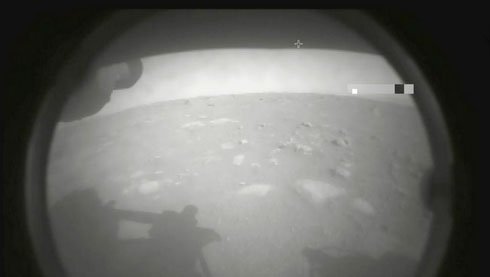“Perseverance has safely landed on Mars!"
— NASA JPL Mission Control, February 18, 2021, near 2 PM Mtn.

Click here to subscribe and get instant access to read this report.
Click here to check your existing subscription status.
Existing members, login below:
© 1998 - 2024 by Linda Moulton Howe.
All Rights Reserved.

